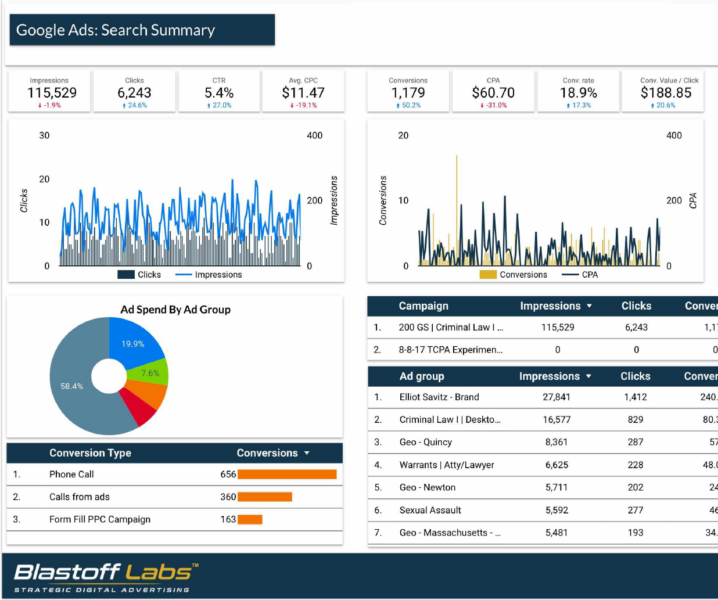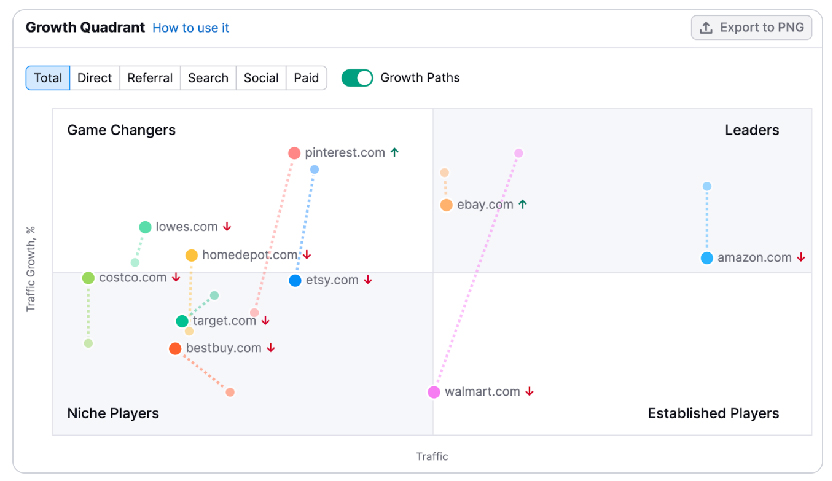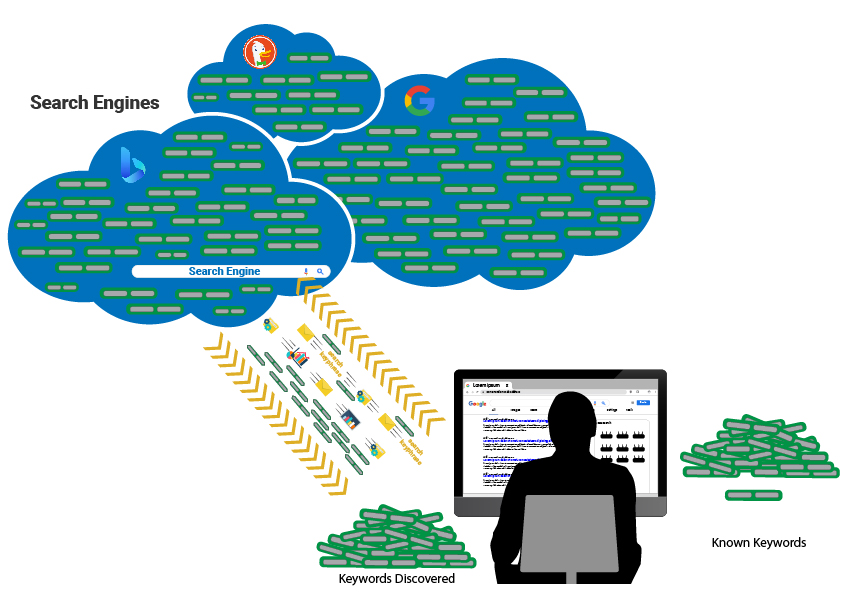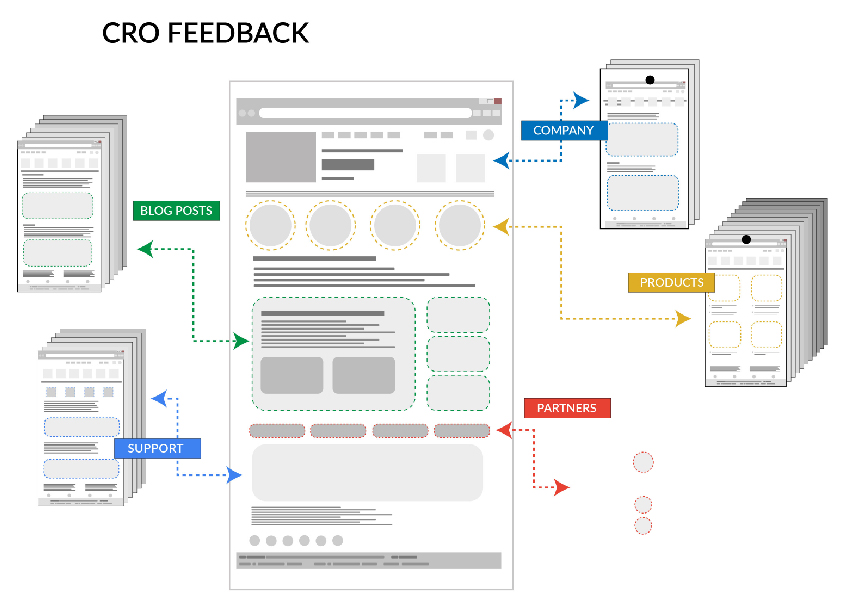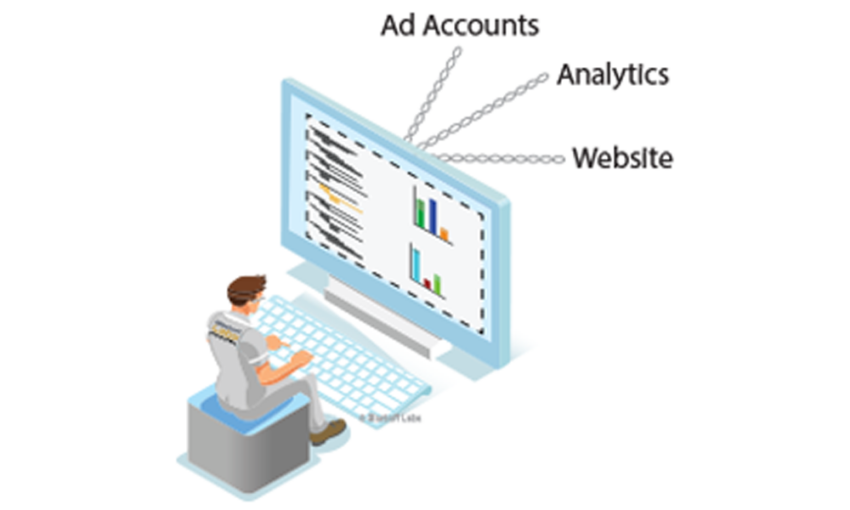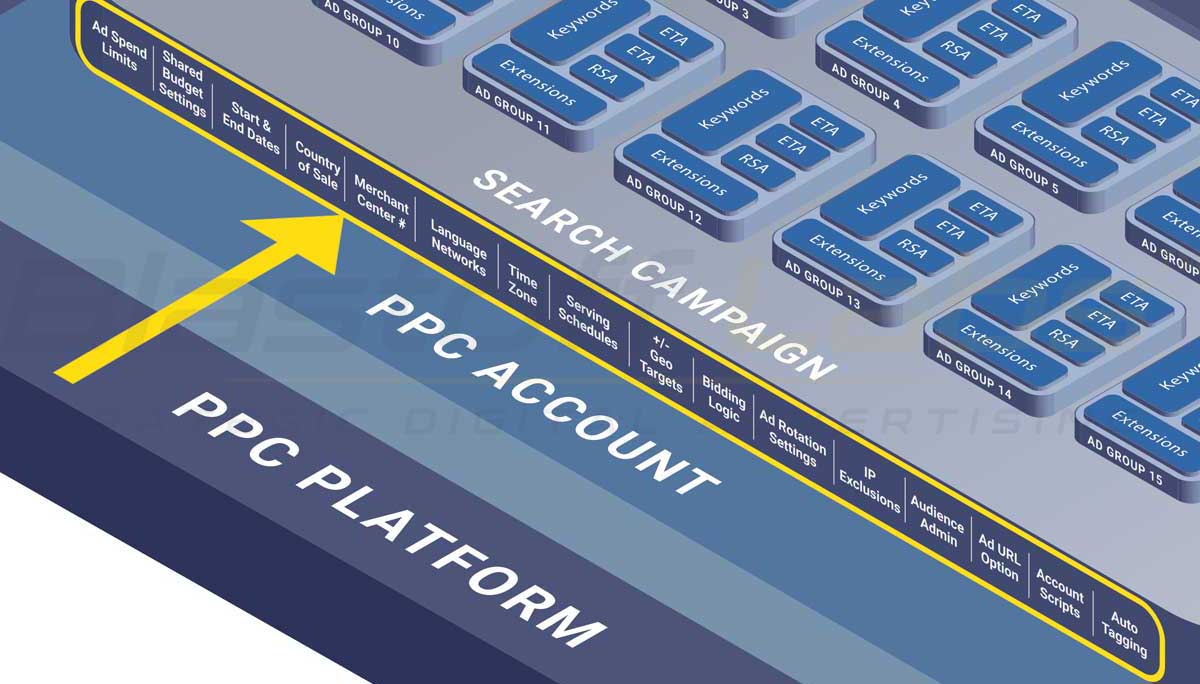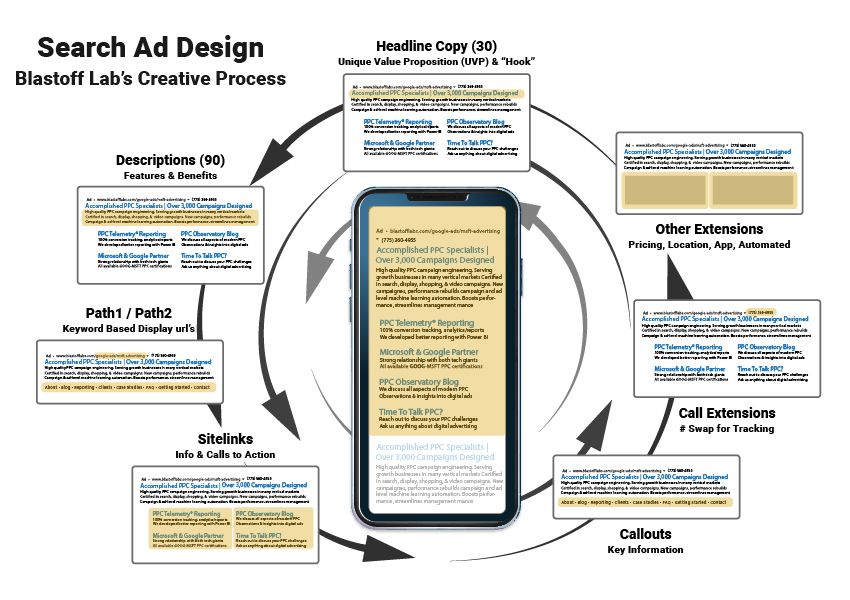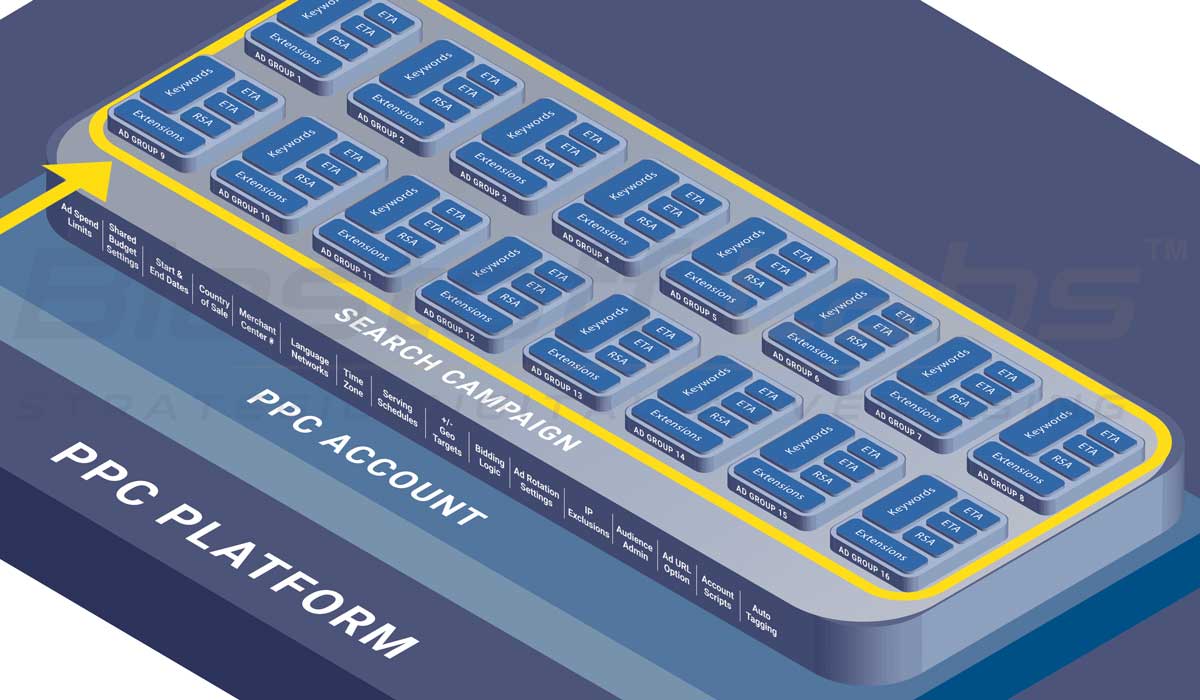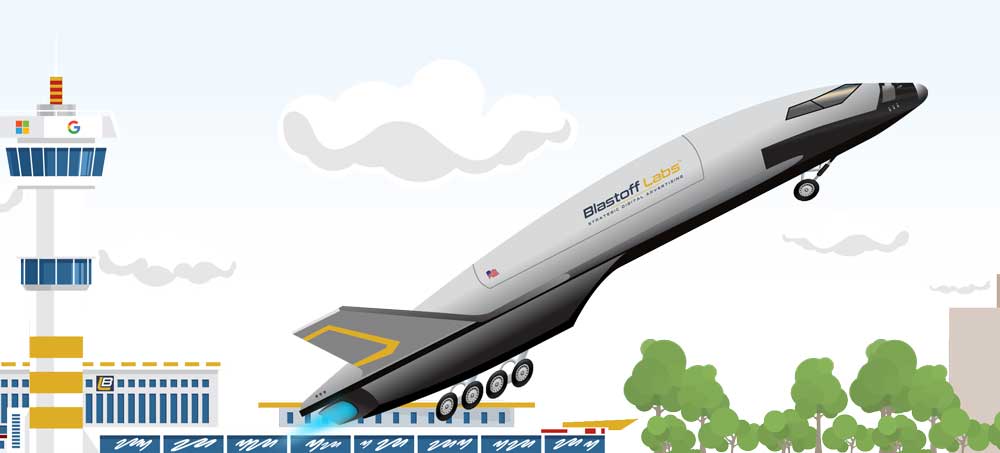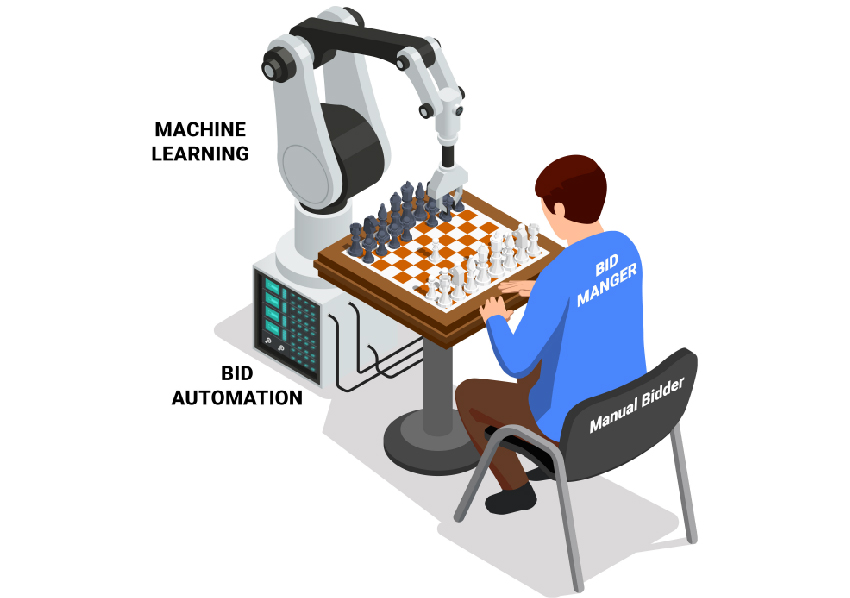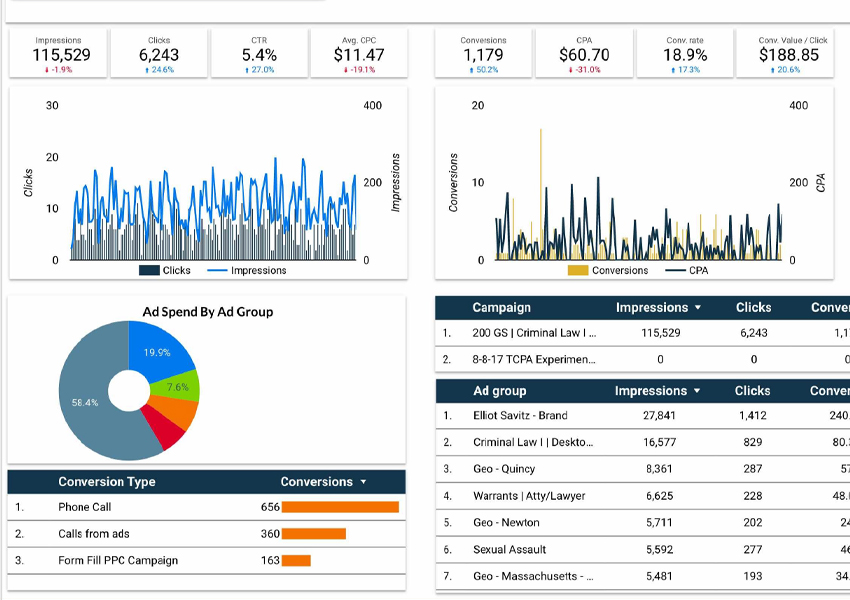Search Ad Campaigns: A 12-Stage Development Process
To create the foundation for high-performance search ad campaigns, Blastoff Labs created a systematic development process. With each new campaign we develop, we look for opportunities to further refine our process. We start with CRO feedback, as necessary. We then utilize industry software for keyword discovery. Our keyword bases help guide the structure of search campaigns. We develop ad copy for each ad group within the campaign. We configure conversion tracking, reporting, and analytics.
Once a search campaign is launched, we watch its performance under a microscope. We monitor search terms, serving momentum, and keyword bids to optimize the campaign. This optimization leads to the transition of the campaign from manual bidding to automated bidding. From then, we continue to manage the campaign from disapprovals to other critical issues that may arise.
STAGE 12
We set up search campaign reporting to "roll-up" (summarize) all search campaign metrics on a single-page report, as shown in the diagram.
Reporting is a crucial aspect of managing campaigns for PPC advertisers. Most of our clients receive reports that are generated monthly, detailing performance in the current period vs previous periods, and highlighting work on ongoing challenges/issues.
Rollup pages are accompanied by reporting pages for each individual search campaign. These go into more detail.
Search campaign performance management includes alert monitoring. We're alerted in real-time whenever campaigns run into problems with disapprovals, platform outages, payment issues, and other critical issues.
STAGE 1 - Search Campaign Development
Once a search campaign project is onboarded, we study your website, products, and services then begin our paid search competitor assessment.
-
• Identify the significant direct and indirect competitors.
• Familiarize with their products, services, and positioning in the market.
• Familiarize with advertising history, ad copy, ad spend.
• Identify significant competitive trends.
This provides visibility into how your ad campaigns can be best structured for highly competitive PPC ad auctions.
STAGE 3
The quality of the keyword base generated for a search campaign influences how well a campaign performs. The keyword base is the foundation.
-
•We spider the competitor sites identified during our “PPC competitive research” process. We also spider your site and landing pages to extract and filter keywords that go into a "keyword bucket" as shown in the diagram.
•While locating direct competitors, we also familiarize ourselves with their products and/or services. We take note of competing advertiser positioning, messaging, offers, and trends.
•We then expand the number of keywords discovered using proprietary software tools until we've developed a comprehensive keyword base.
STAGE 2
Search campaigns benefit from high-performance landing pages. Conversion rate optimization (CRO) feedback can lead to improved landing page conversion performance. We use Google Analytics 4 (GA4) metrics and Heatmapping analysis to study traffic flows and engagement on your site.
Typical changes we might suggest for search landing pages might include:
-
• Changing the placement or flow of content.
• Transforming long "walls" (blocks) of text into bullet lists.
• Simplifying forms to increase the likelihood of conversion.
• Strengthening the central value proposition and features/benefits.
When needed, we'll provide wireframe-level design feedback to guide your developer.
STAGE 9
To configure web analytics for search campaigns, we link to the associated analytics accounts during project onboarding. This typically includes Google Analytics, Google Tag Manager, Google Search Console, Google Merchant Center, and similar Microsoft Advertising Accounts.
We may likely also request a login to the backend (Administrative access) area of your website. Typically this is needed when we anticipate installing plugins such as the Google Tag Manager plugin or 3rd-party call-tracking plugins.
STAGE 6
Ad Spend: A search campaign should be purchasing at least 15 to 20 clicks daily. Below that failure rates are higher.
Geo Targeting: Controls locations where the ads serve, and don't serve.
Bidding: Influences when a campaign participates in an ad auction, rank auction, and pages the ads appear on.
Campaign Serving Schedule: We start most campaigns to serve 24x7x365. Becomes baseline to optimize the serving schedule.
Ad Rotation: Resesponsive search ads (RSAs) can be rotated to split test.
STAGE 5
Blastoff has experimented with and tested a number of methods for creating, improving, and optimizing ad copy.
Our small team develops high quality ad copy in multiple refinements with all team members participating over multiple days. The ads go up on a wall-mounted TV during review and brainstorming sessions. This method of developing copy consistently delivers superior ad copy.
It is important to recognize that the purpose of a search ad is not to completely sell the customer on your service or product. The purpose of search ad copy is to intrigue the customer to click on your ad, instead of the adjacent ads from your competitors.
STAGE 4
The ad group structure flows naturally from groups of words that are semantically related. This is one of the secrets to developing search campaigns with high "quality scores" (QS). When search campaigns are built around relevant groups of semantically related keywords, good quality scores follow.
By factoring, we organize the keyword base into ad groups around semantic relationships. This is the process for creating a structured campaign – one with just keywords that mean the same thing in each ad group.
We then apply a workflow to assign keyword match types in a strategic fashion, to fit your market based upon an assessment of search intent.
STAGE 10
After a search campaign launch, most will require a day or two to develop serving momentum. Average-size campaigns usually require a few days to develop consistent serving patterns.
Once a campaign is launched and serving consistently, it's now continuously generating valuable signals that allow us to optimize performance. Over 1 to 5 weeks we'll maneuver the campaign into position for a transition to automated bidding.
STAGE 11
Most paid search campaign optimizations require 2 to 5 weeks to complete after launch. This is the point at which we transition most campaigns onto automated bidding. Simpler search campaigns, and campaigns operating in business sectors with limited competition, can sometimes be optimized in a week or two.
During the manual optimization period, it's not unusual to make significant advances in performance as we become more familiar with the nuances of how the campaign serves. As a search campaign is optimized, the resulting data becomes more useful to split-test and compare changes.
Some clients operate in highly competitive markets, and their campaigns are mission-critical. They often can continue to benefit from attention to optimization after the campaign is transitioned onto automated bidding. This can occur daily, weekly, or based upon performance.
STAGE 8
Before launching a search ad campaign, we’ll configure search campaign reporting.
The reports will be designed to fit your accounts, campaigns, and business objectives. We'll add standard key performance indicators (KPI's), or implement custom KPI's most closely aligned to your business objectives.
Search campaign reports include a summary page for each type of campaign, along with pages for each individual campaign detailed across the reporting period.
Charts showing daily campaign behavior for the reporting period, and key performance indicator summaries for the reporting period compared to the previous reporting period.

